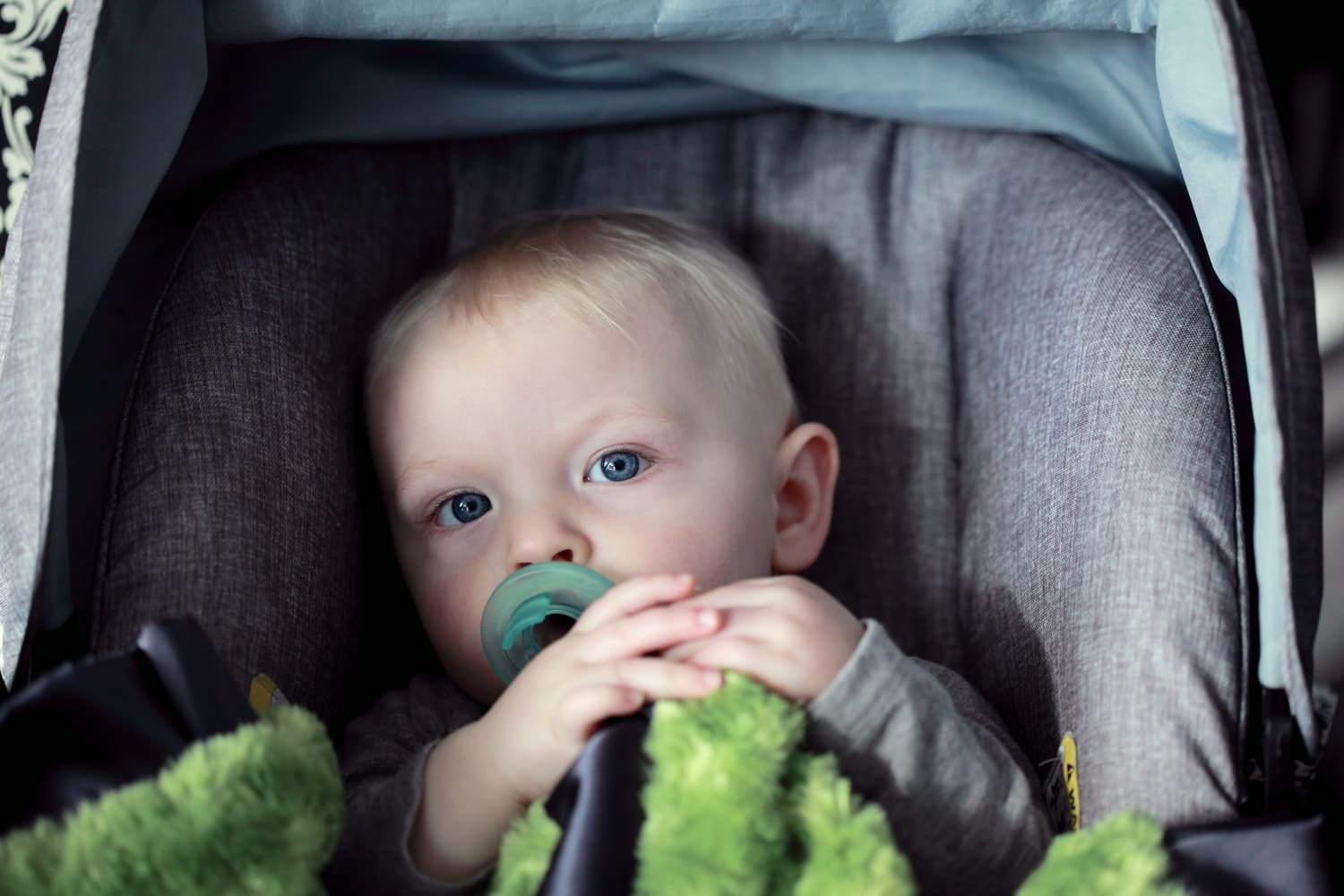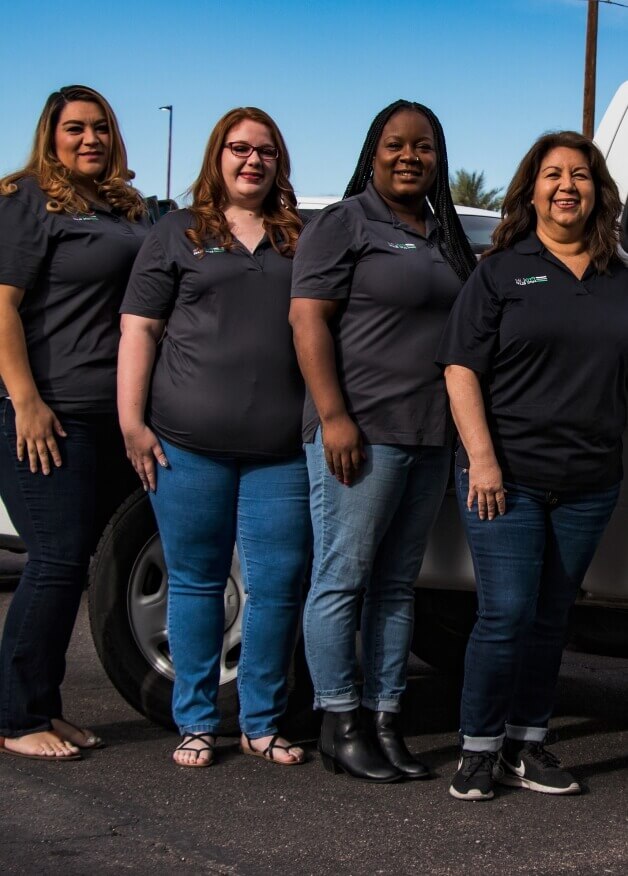Automobiles are one of the greatest inventions of somewhat recent memory. They can take you efficiently from point A to point B, protect you from the natural elements, and even from flying debris! Of course, care must be taken with them, as even though they are advanced machines, they are still machines. If you don’t make sure to provide them with the required maintenance from time to time, such as changing the engine oil, or getting that pesky windshield crack repaired, they will gradually start to brake. When that process begins, the car will actually become more and more of a hazard to both your own safety, as well as your child’s! No need to worry out of the gate though, as if you just take good care of your vehicle, and follow the child car safety tips below, nothing’s going to get out of hand.
The best car seat safety instruction we can give you right off the bat is to never strap in your child with an adult seat belt. That’s because they simply aren’t designed to go around their bodies properly, and in the case of an accident, it can actually injure them. Always opt for a booster or special car seat, and make sure to also check your state’s child restraint law. If your child is reticent to strap in, set an example by wearing the seatbelt yourself too. Don’t ever hold them on your lap in the front seat, as trying to hold onto a baby in crash (at no more than 30mph!) is akin to trying to lift around 8 bags of cement at once!
With that out of the way, here are 6 more child car safety tips, to keep your little ones as comfy as secure as possible.
1. The Best Crash is No Crash
While there are methods of making sure that, should you get into an accident, the sustained damage to both your vehicle and yourself is as minimal as possible, the best way of staying safe is, obviously, not getting into an accident. Always pay attention to the road, drive even under the speed limit when possible, and stay off of your phone.
2. Pick The Right Car Seat
Aside from the prenatal “make”, there are 4 other stages for car seats. When your child should move up a level depends on their age, age and weight, but the best safety practice can vary in some practice. Make sure to keep track of their development closely, so that you can guarantee they’ll be traveling in optimal conditions.
3. Read The Manual
As with all items that belong in a vehicle, your child’s safety seat also comes with an owner’s manual that contains all sorts of useful information. From how to get it set up, to what it was designed to do (and also not to do), the information within is more than enough for you to be able to install it adequately. You’ll find out things like how your LATCH hardware is supposed to be positioned, where it’s optimal place is on the back seats, and even how to properly arrange multiple seats in case you have more than 1 child.
4. Try It Out Before Buying
Child care safety is no joke to stores that sell these products either. As such, many of them allow you to try them in your automobile before you commit to a purchase. Make use of this, so that you can avoid having to return it in the future. In order to assure that the seat is a good match for your car, test it doesn’t move more than 1 inch side-to-side or back to front when pulling at the belt.
5. Have The Car Seat Backwards
The American Academy of Pediatrics recommends that until 2 years of age, all children be seated facing the back of the vehicle. Car seat safety has been proven to be greater this way, and some states have even begun to change their laws accordingly. What’s more, rear facing has been found to be 5 times safer even for older children!
6. Car Seats and Winter Coats Don’t Mix
One less known child car safety tip is that even if it’s chilly outside, you shouldn’t “overly” dress your kids. Opt for heating up the car instead, because in case of a crash, the majority of that coat is going to compress, and the harness could become loose as a result. This can end up being very dangerous.

